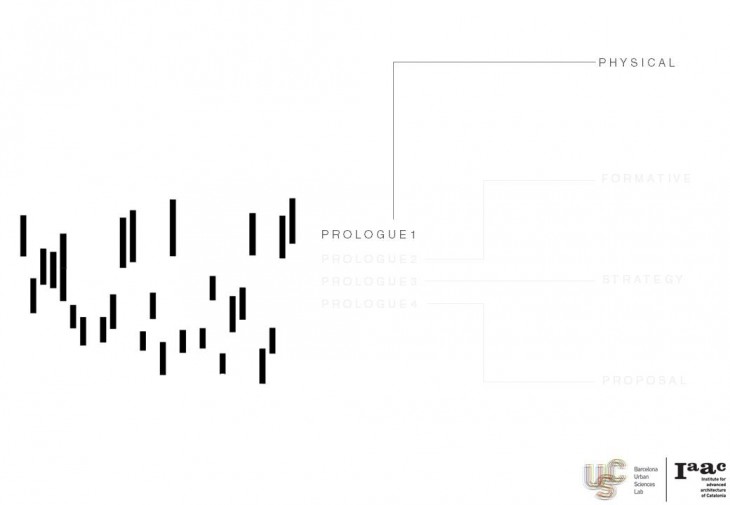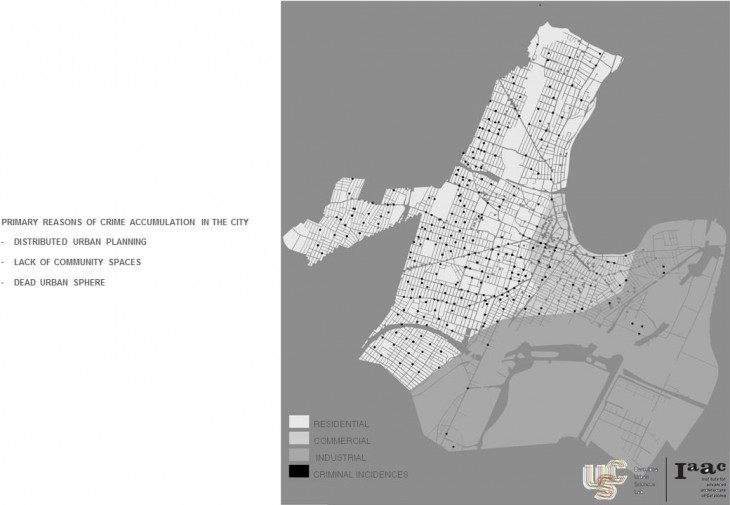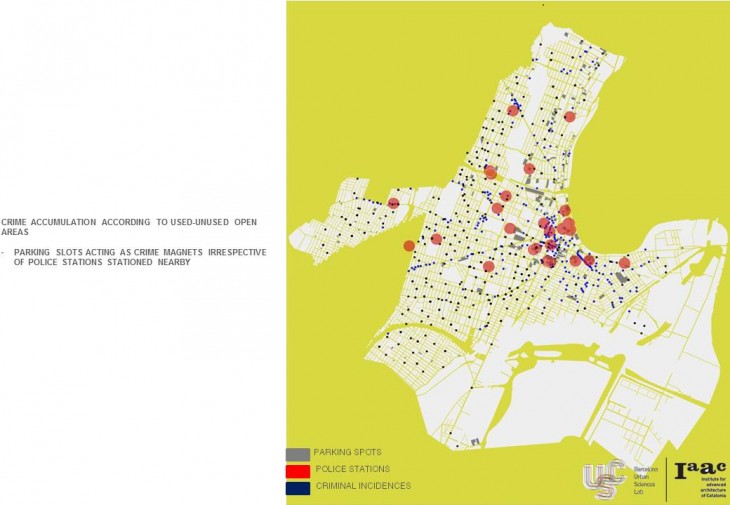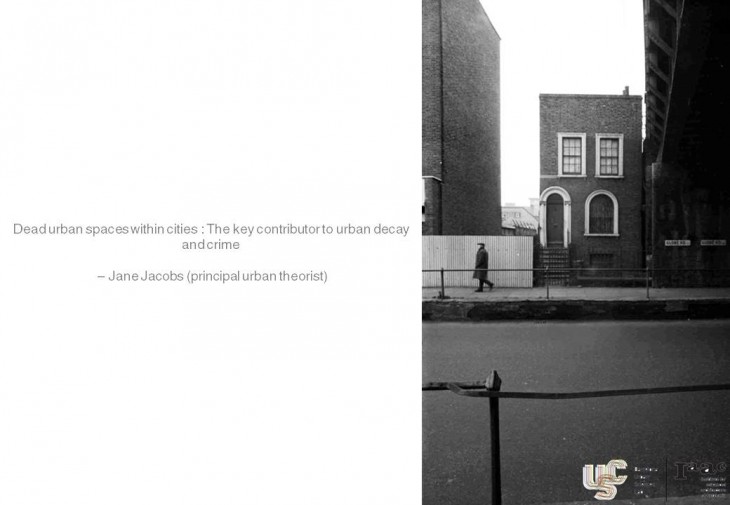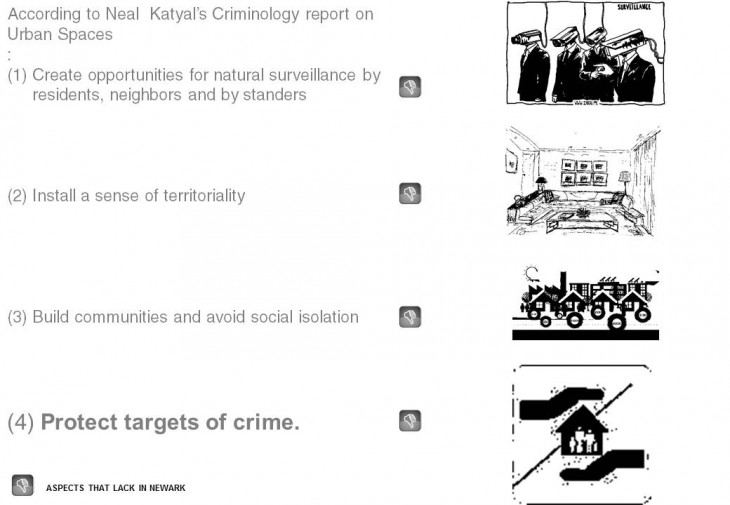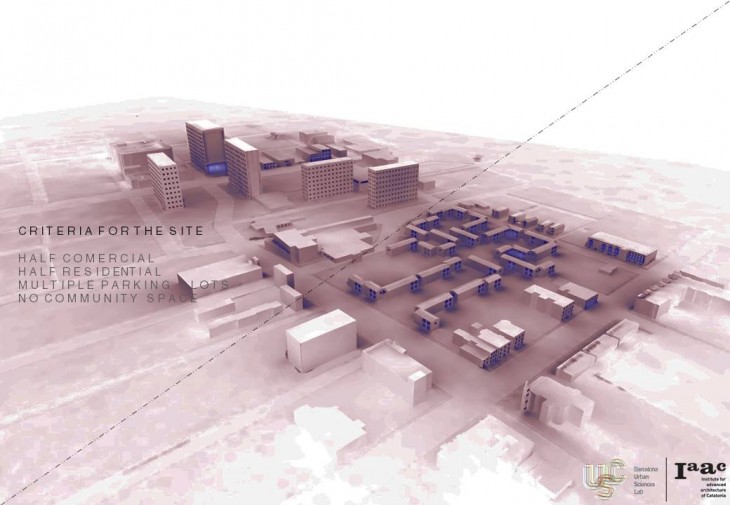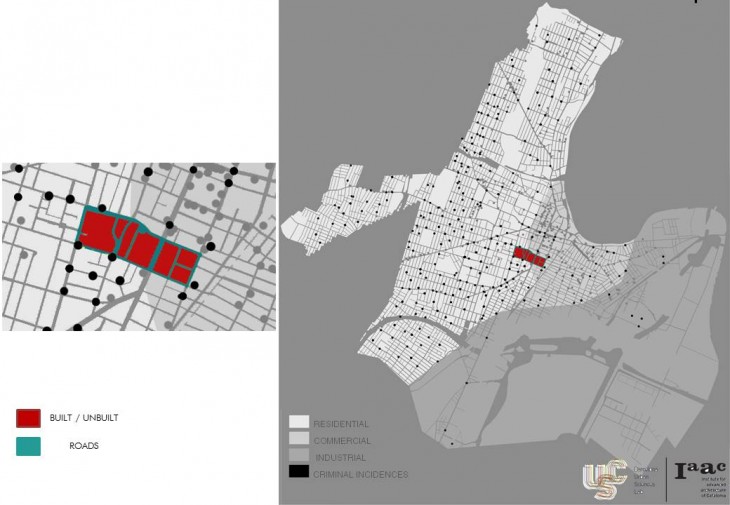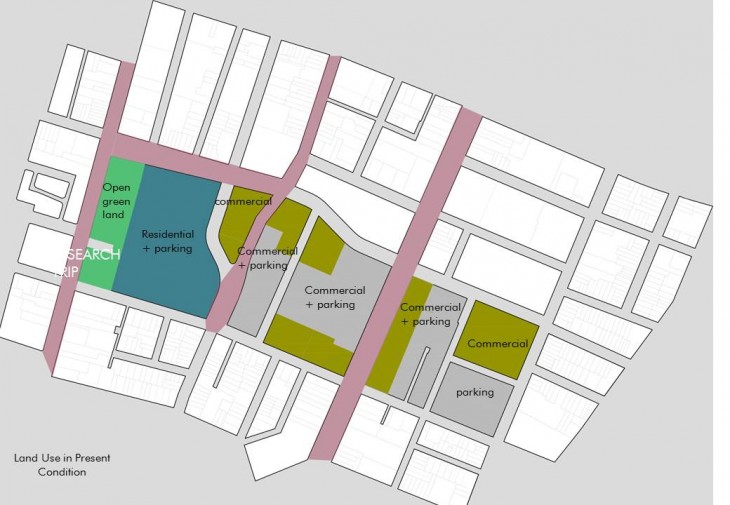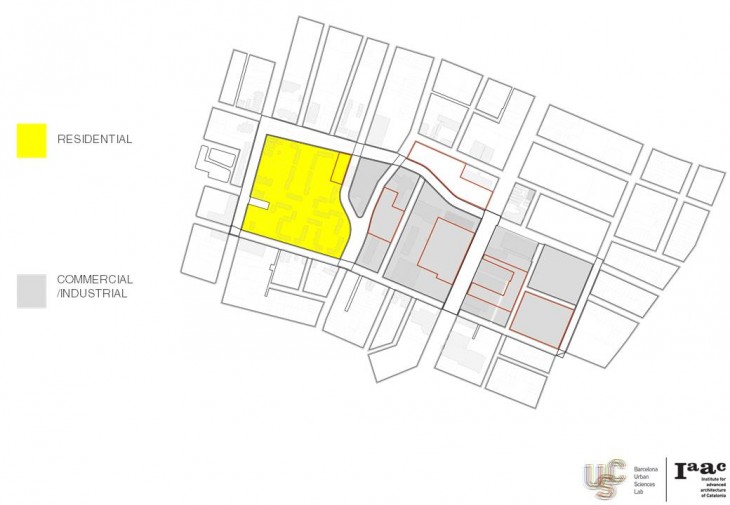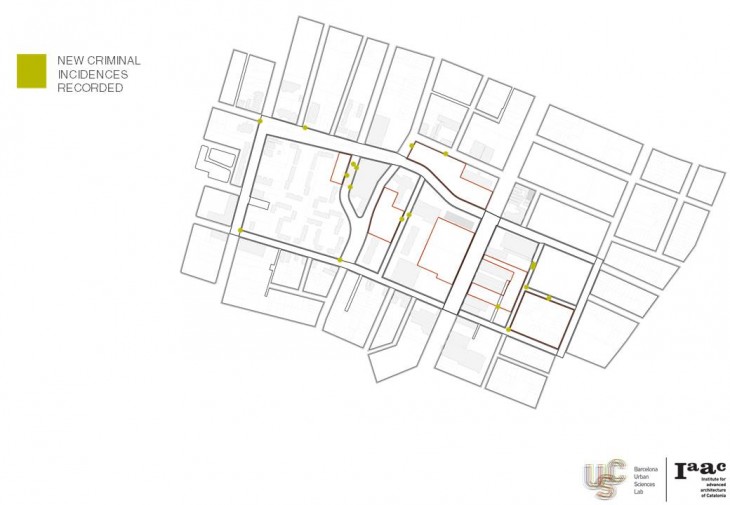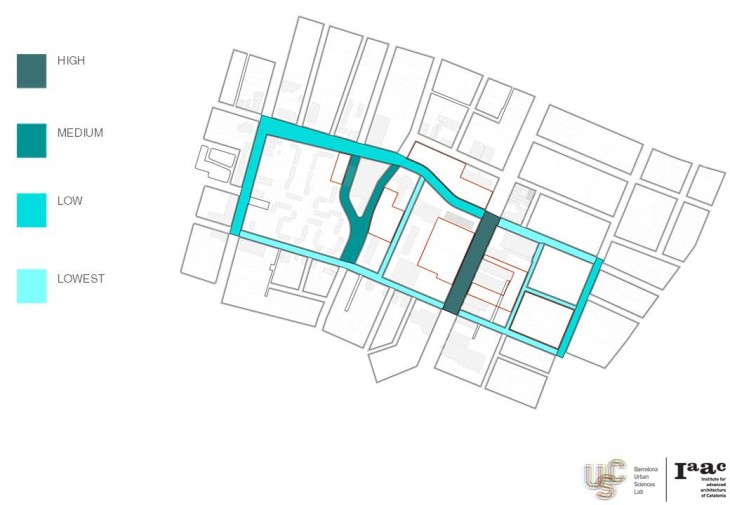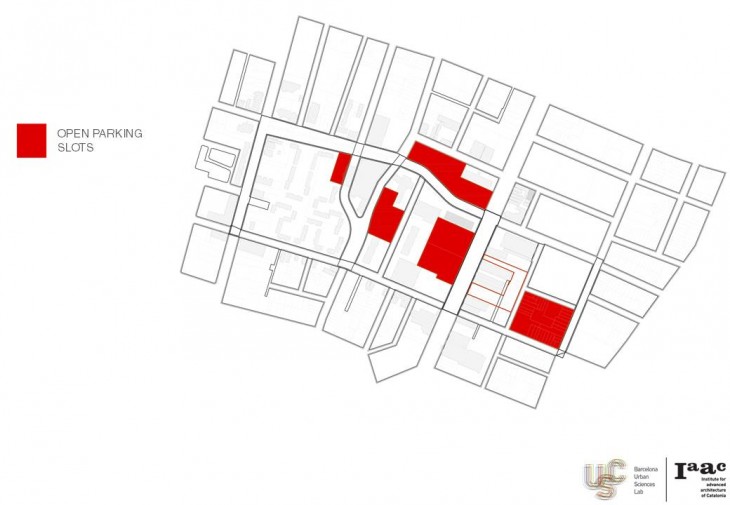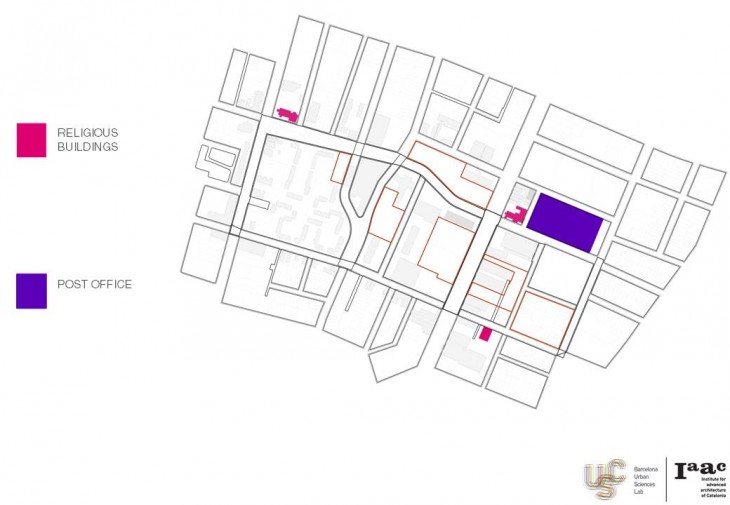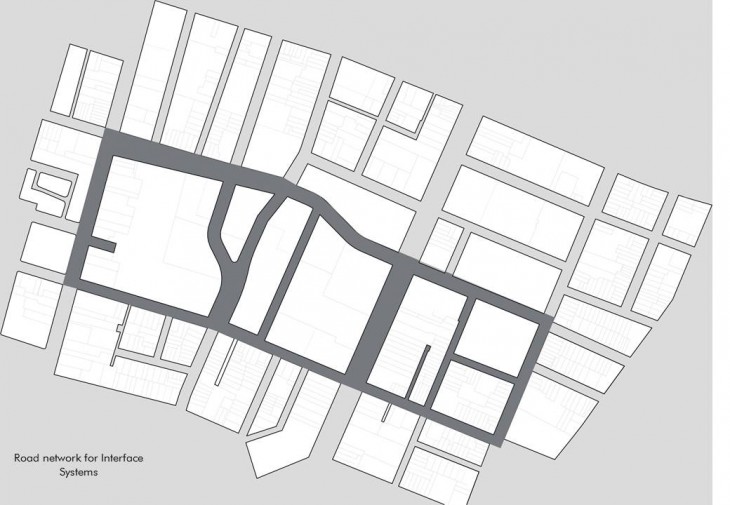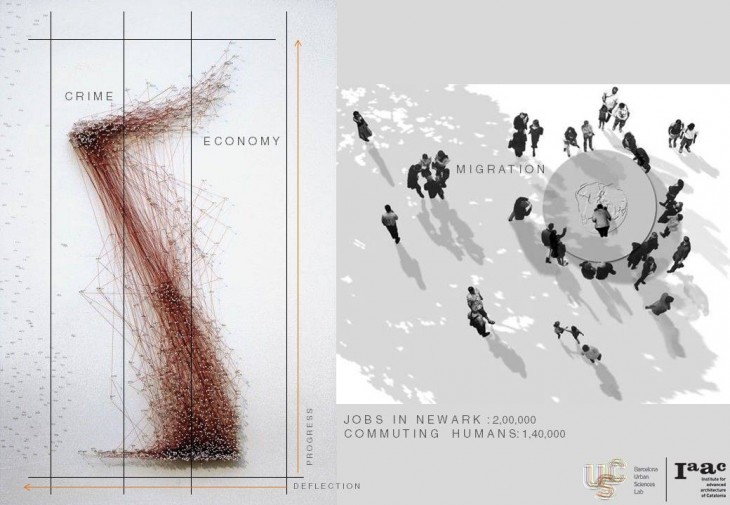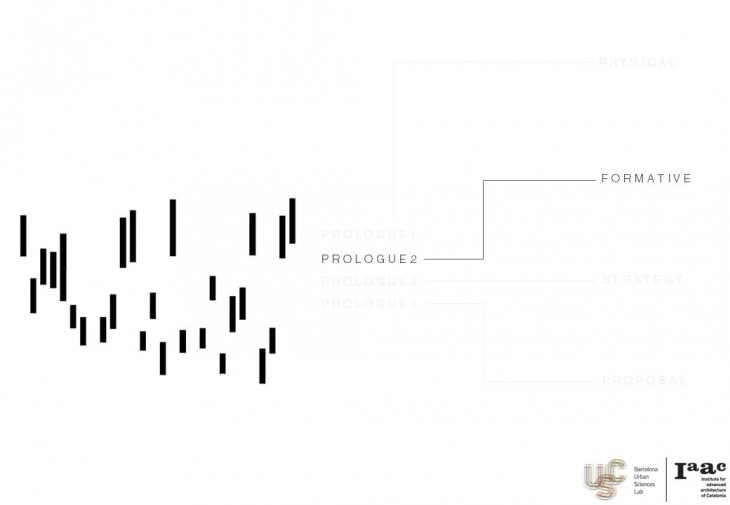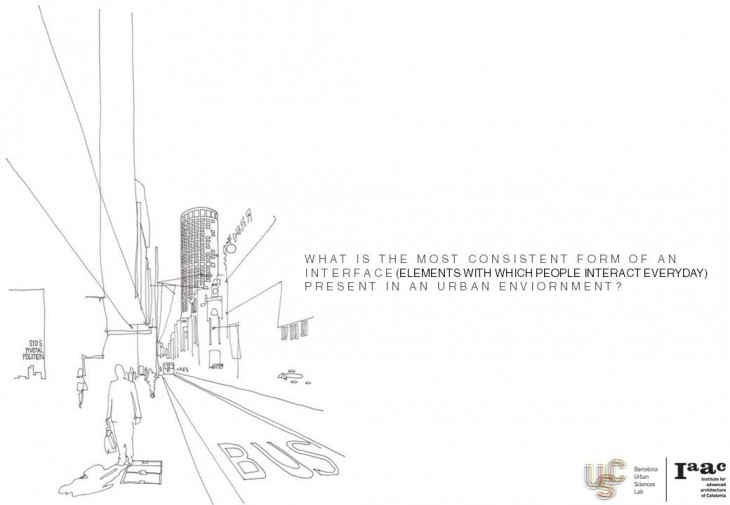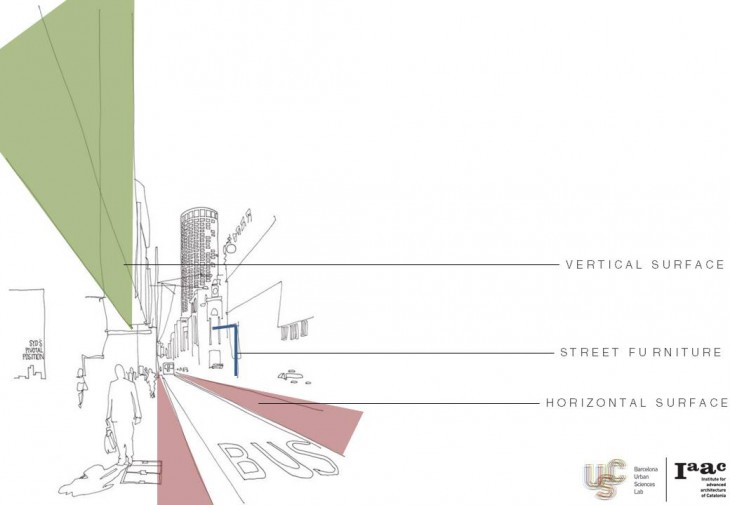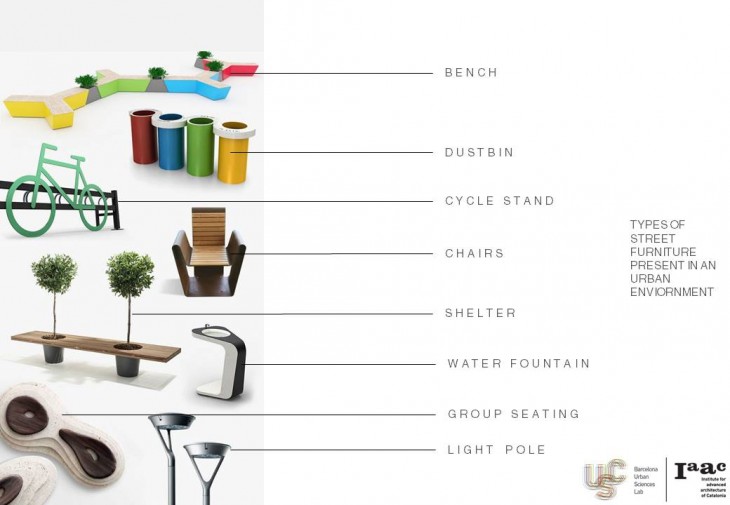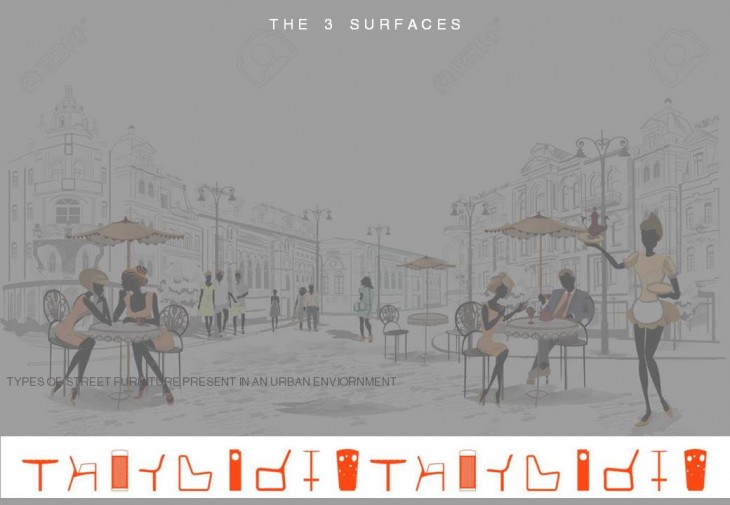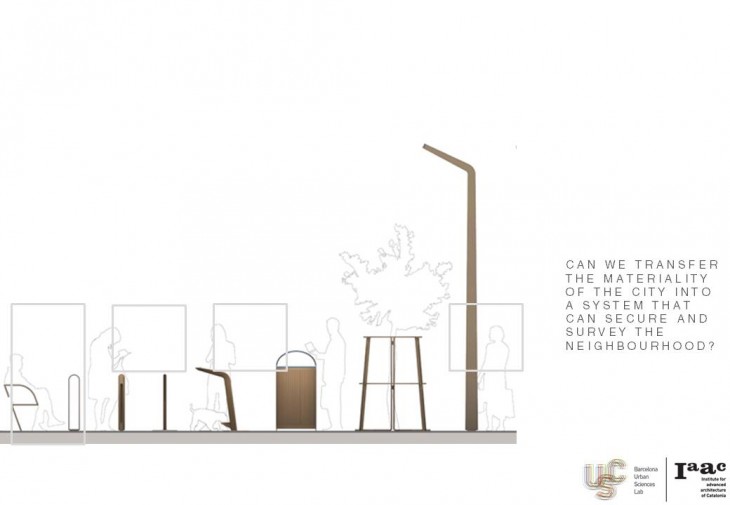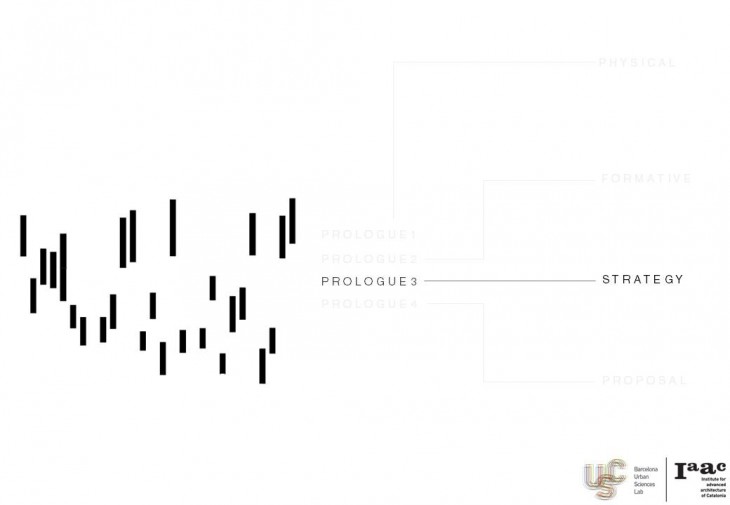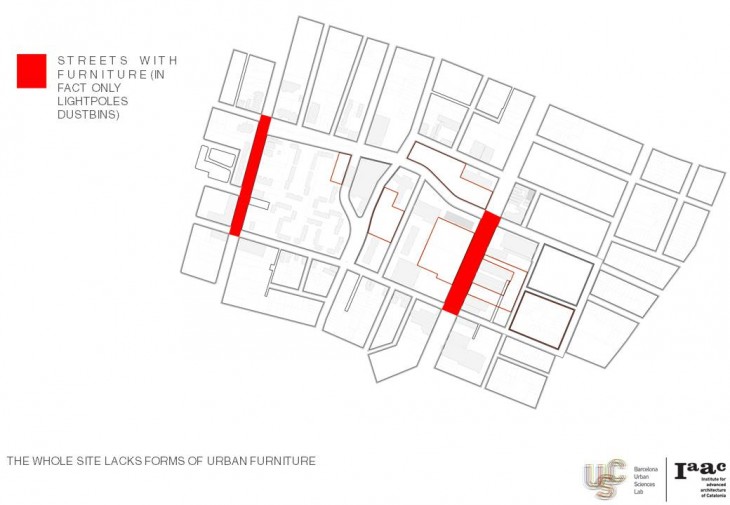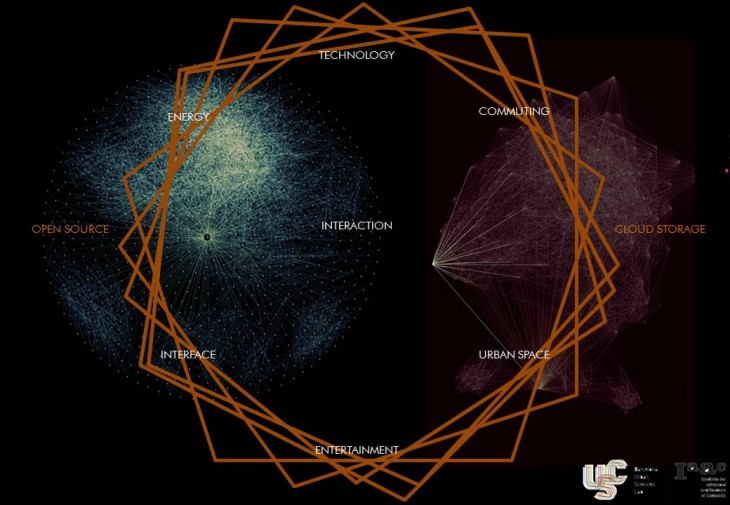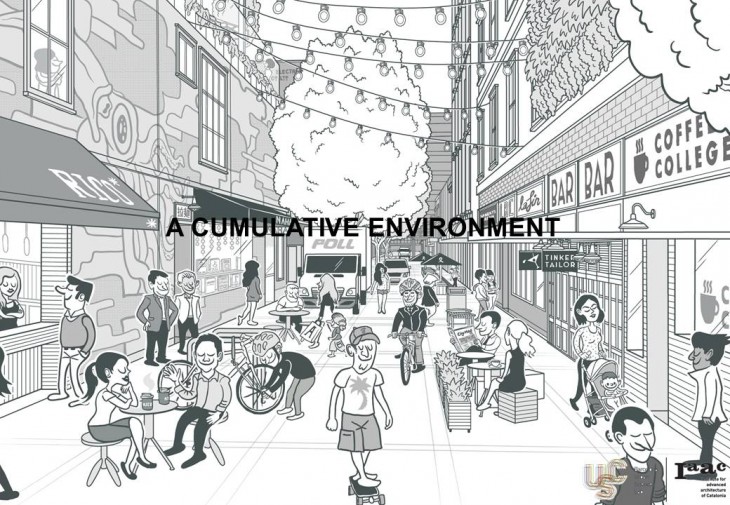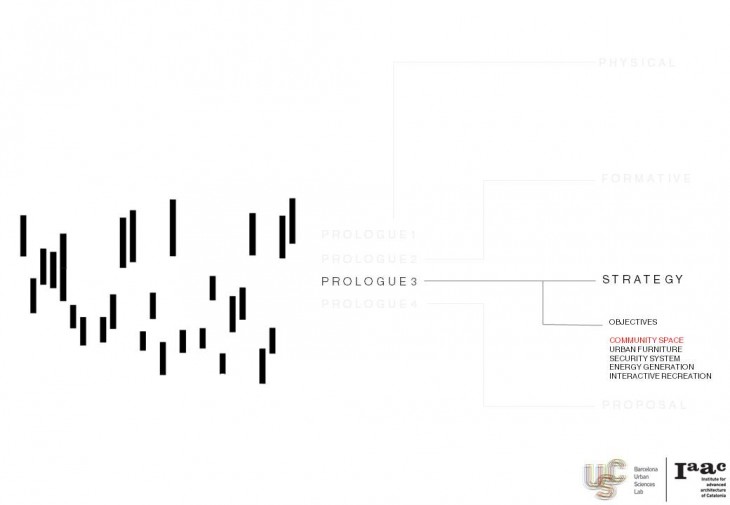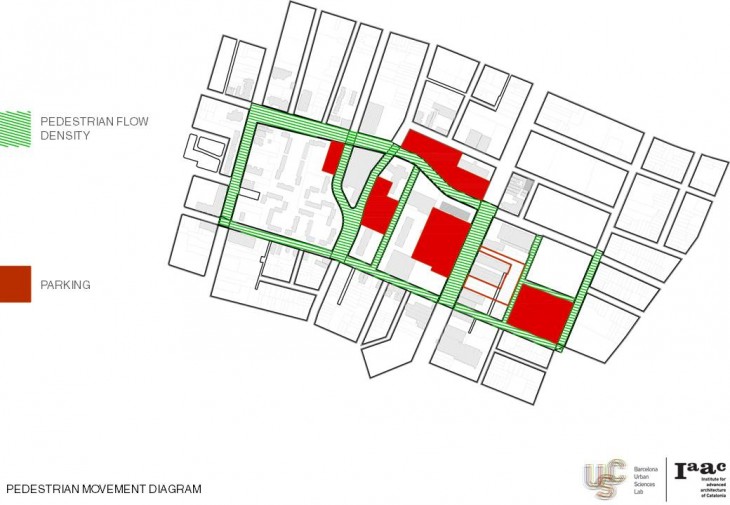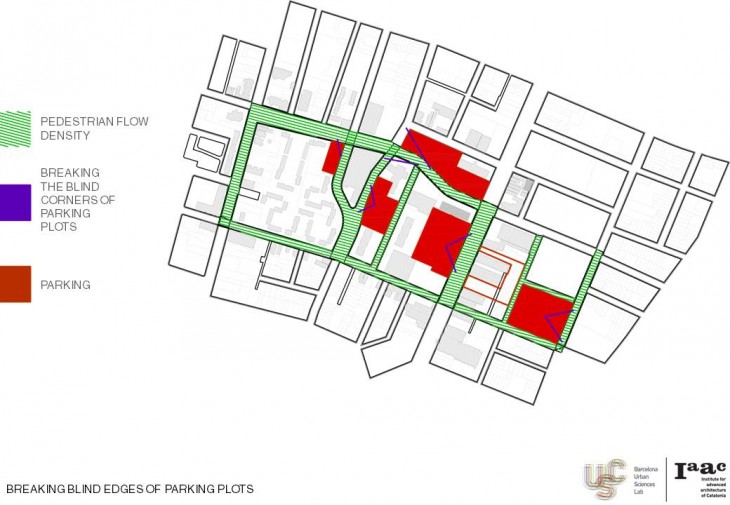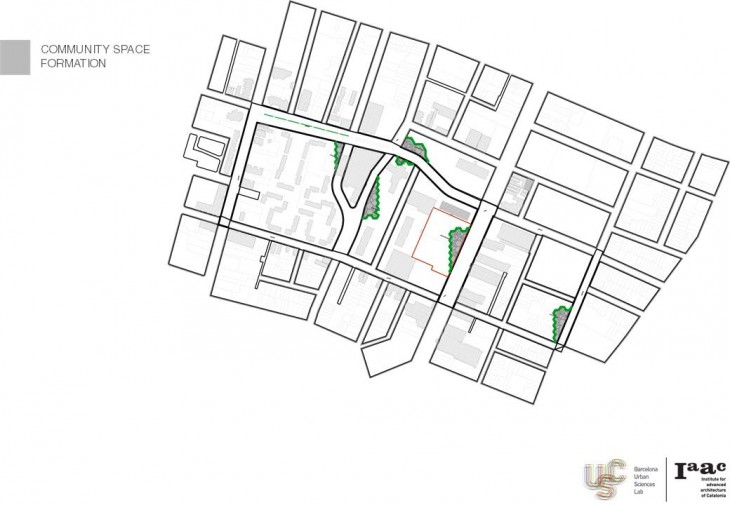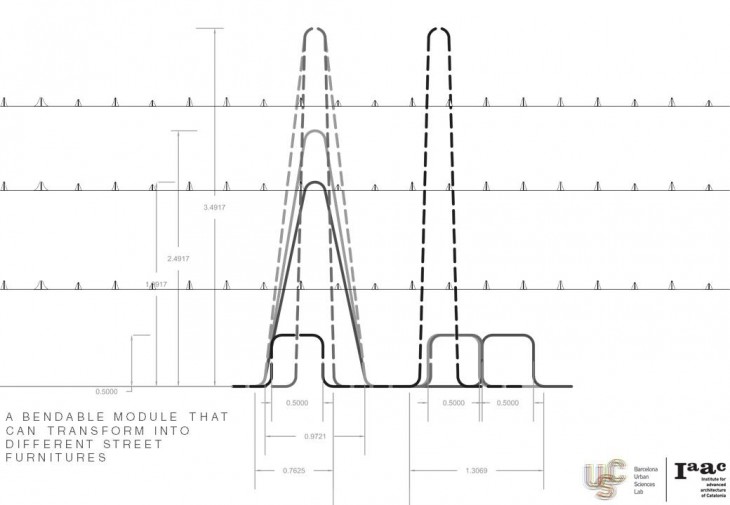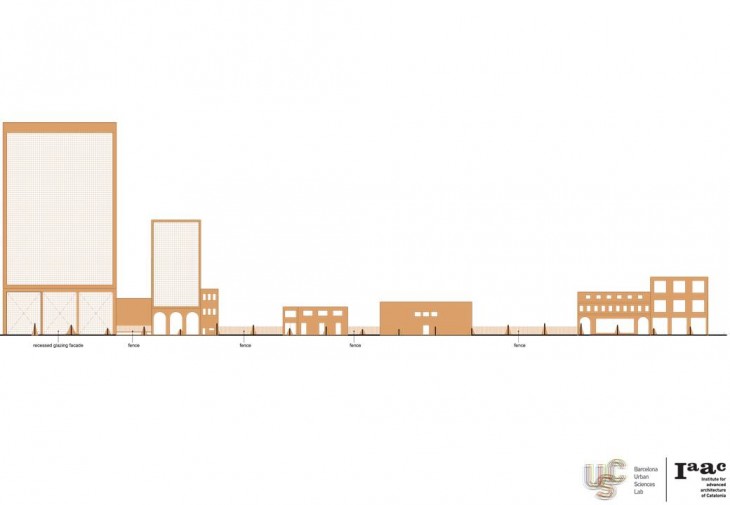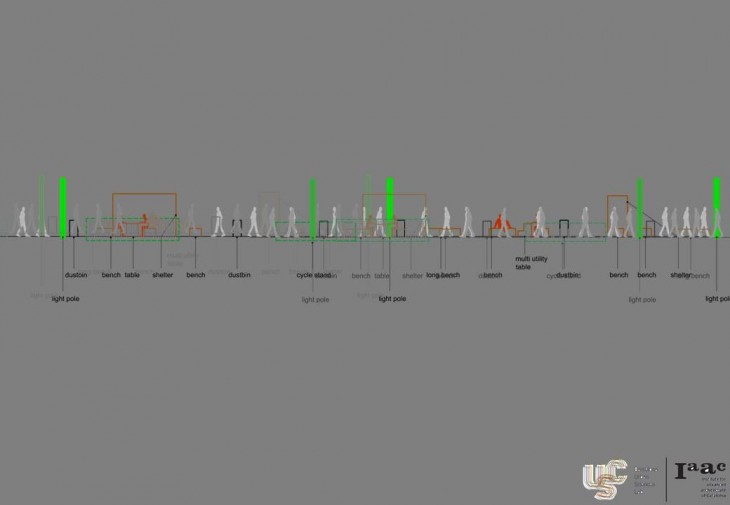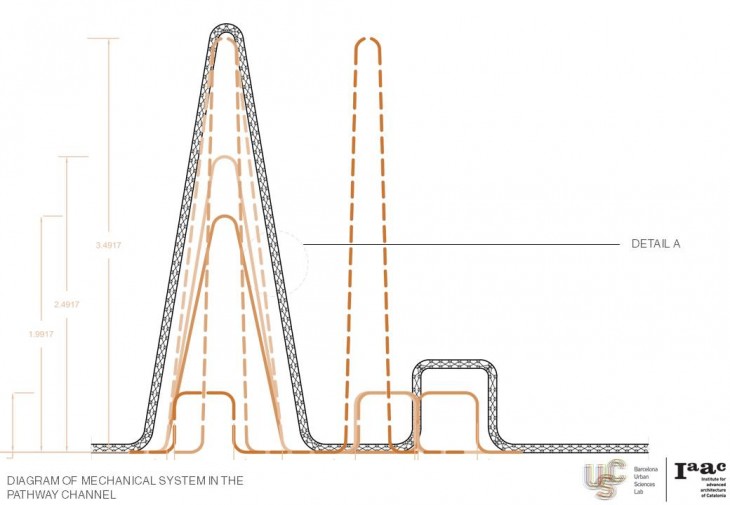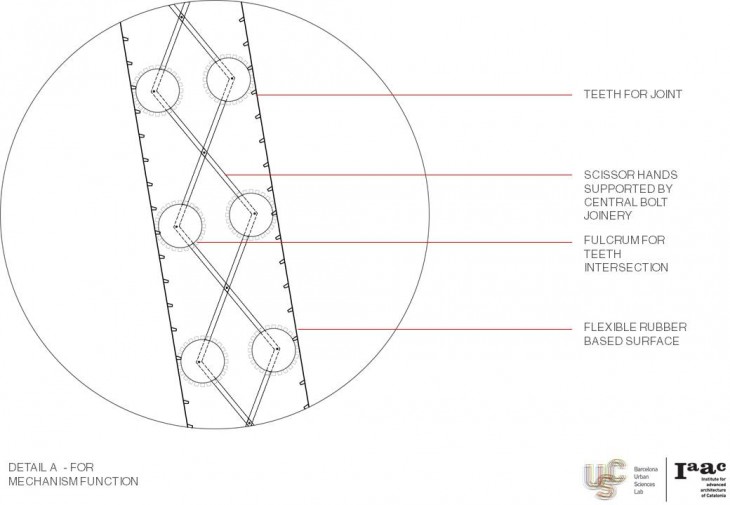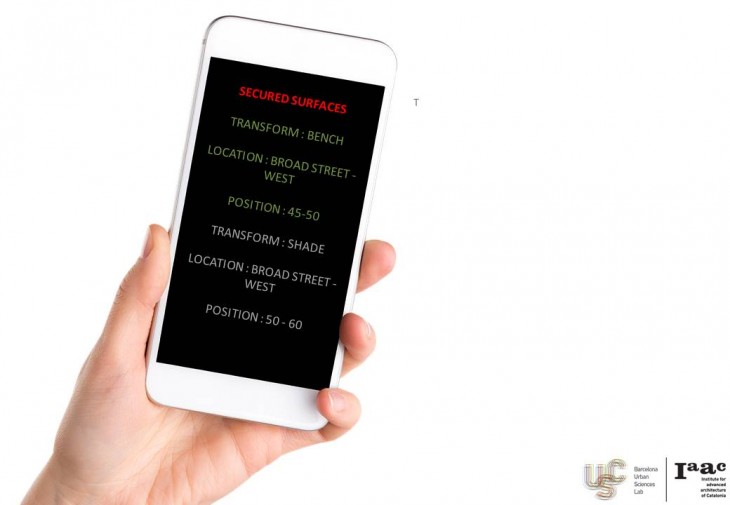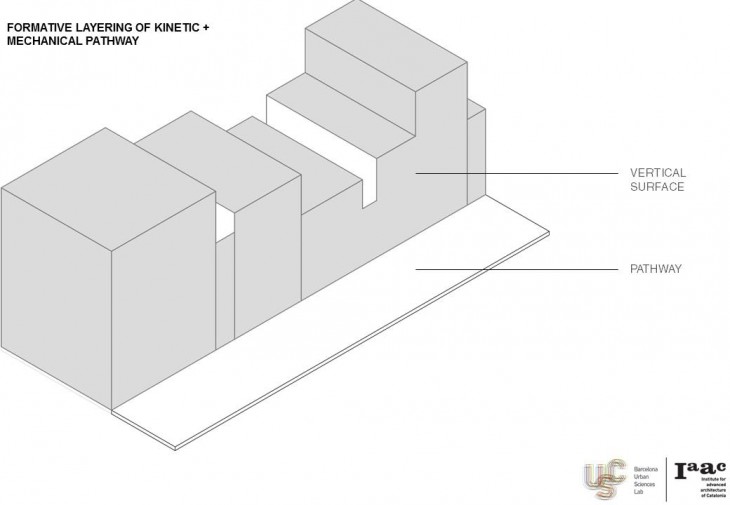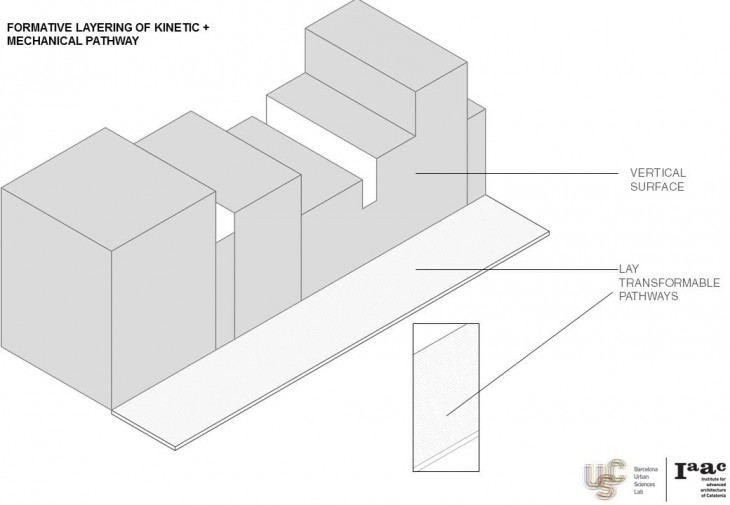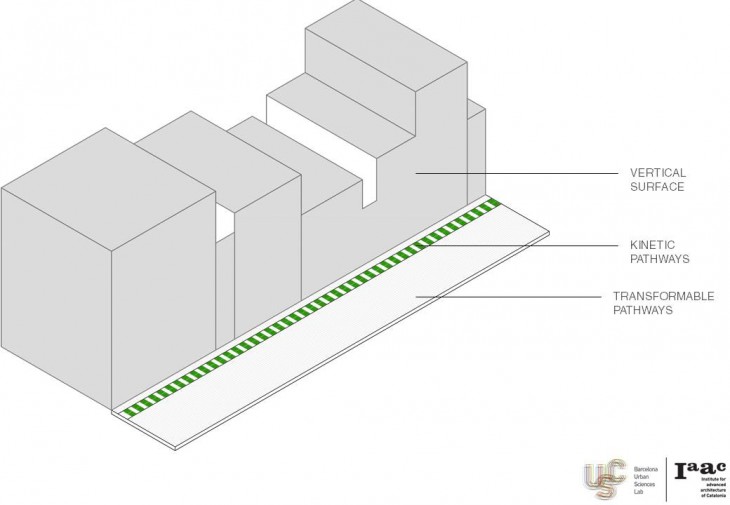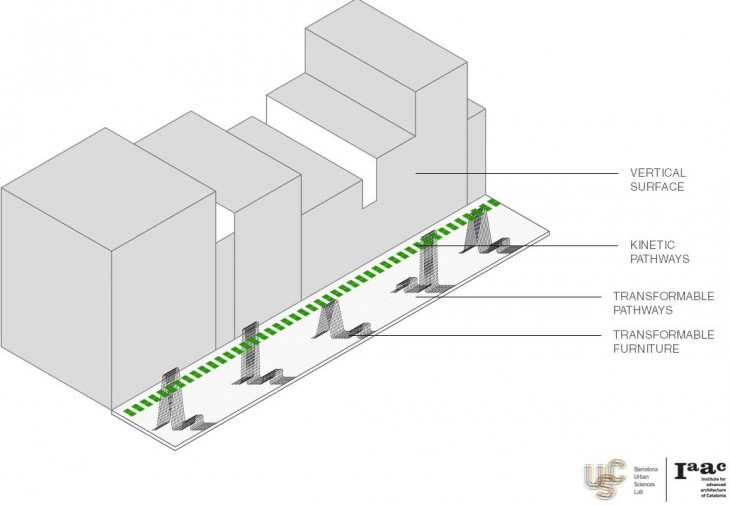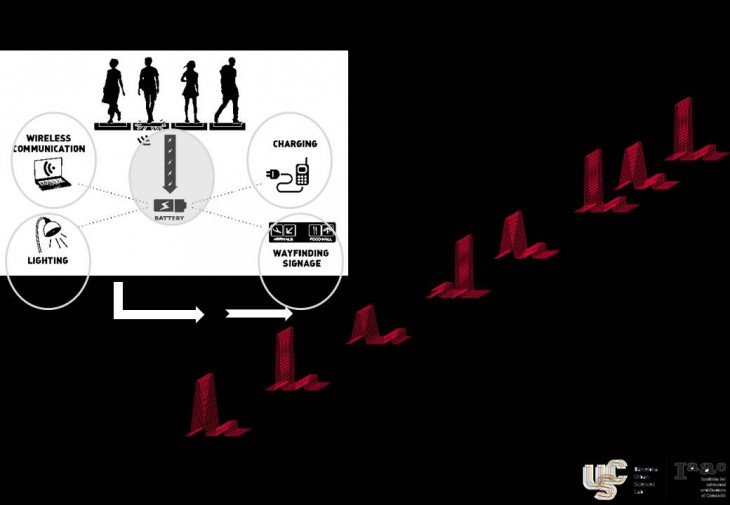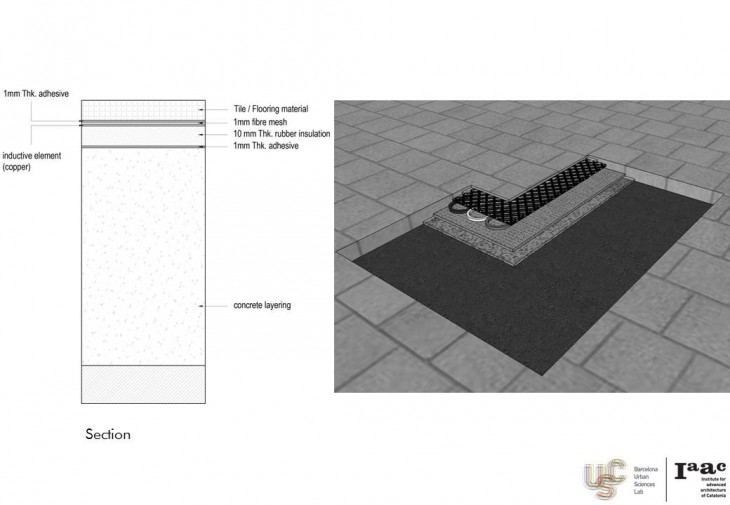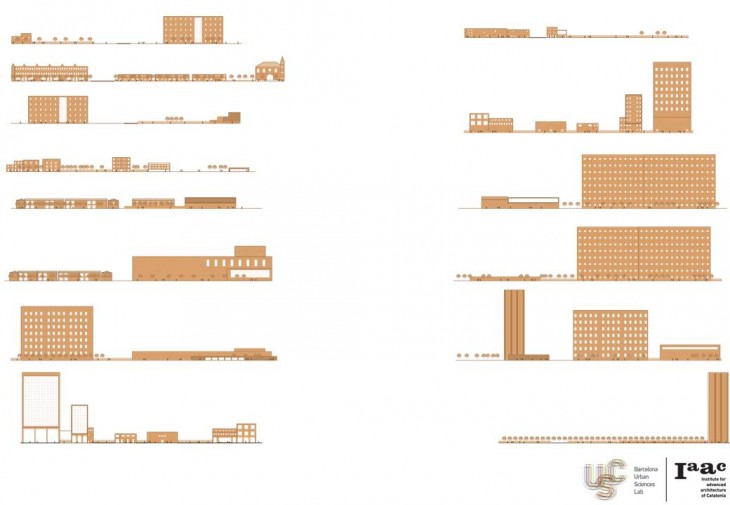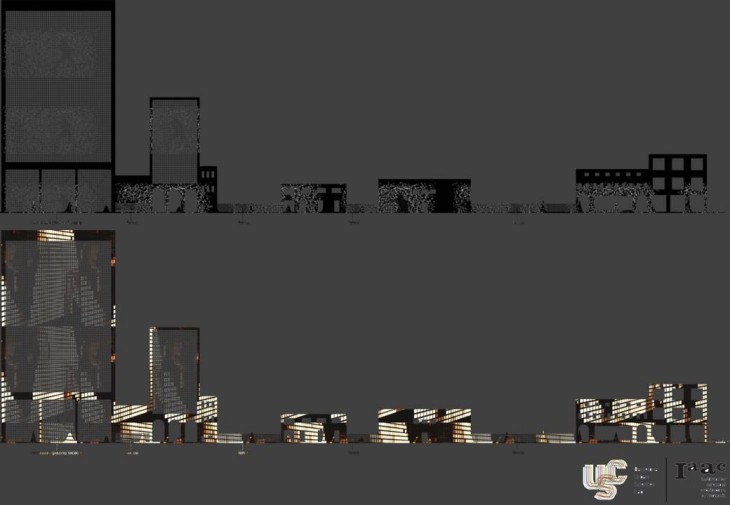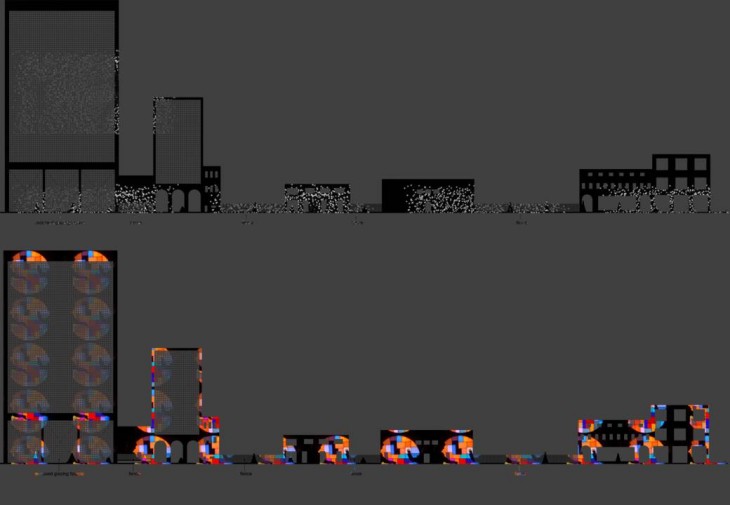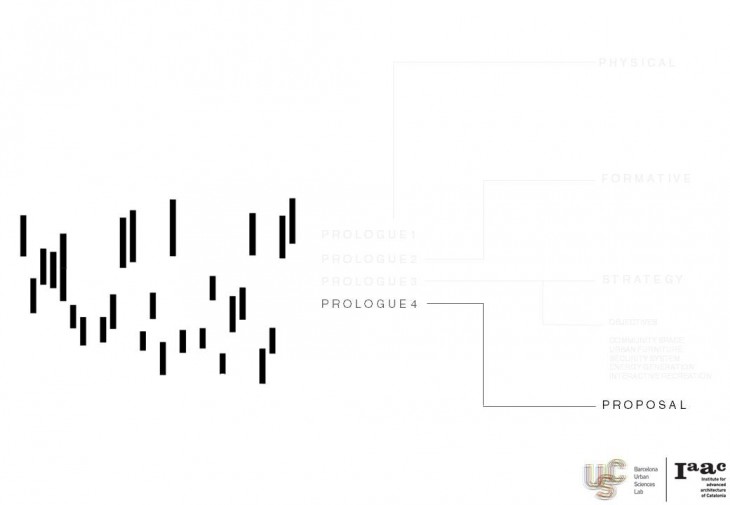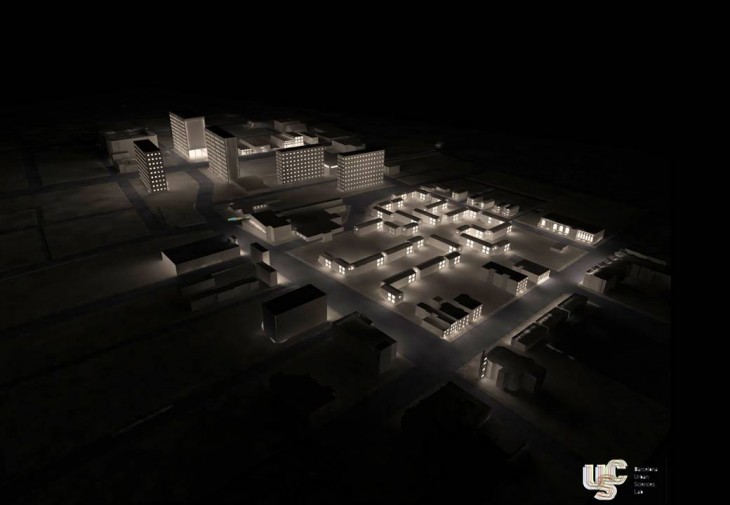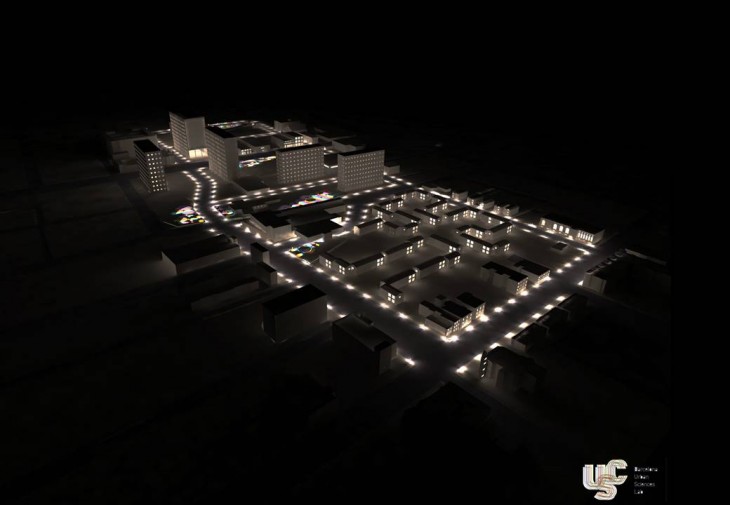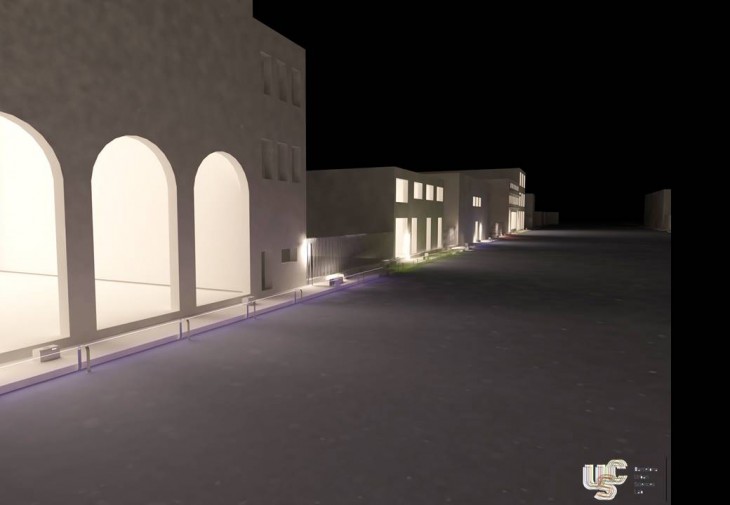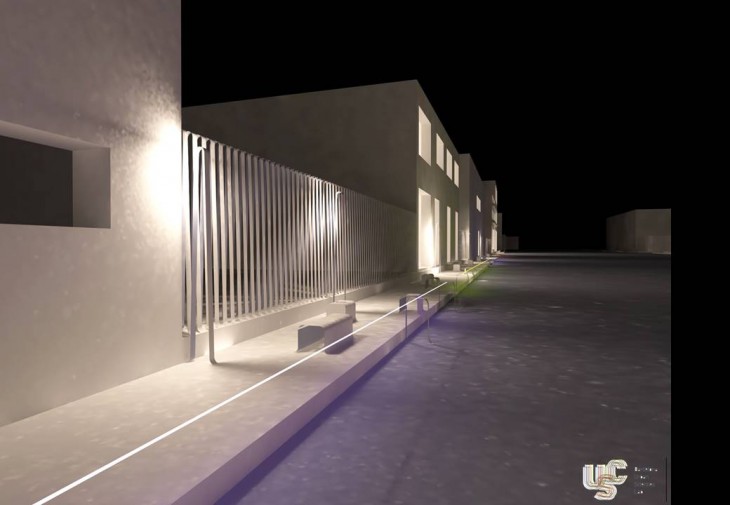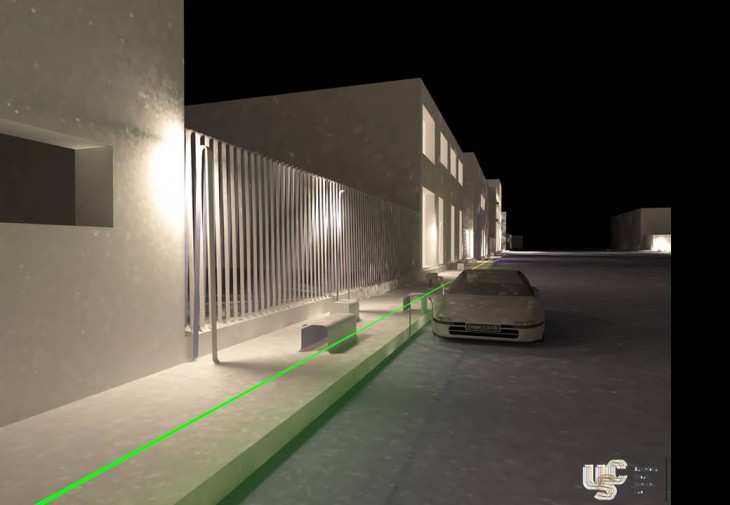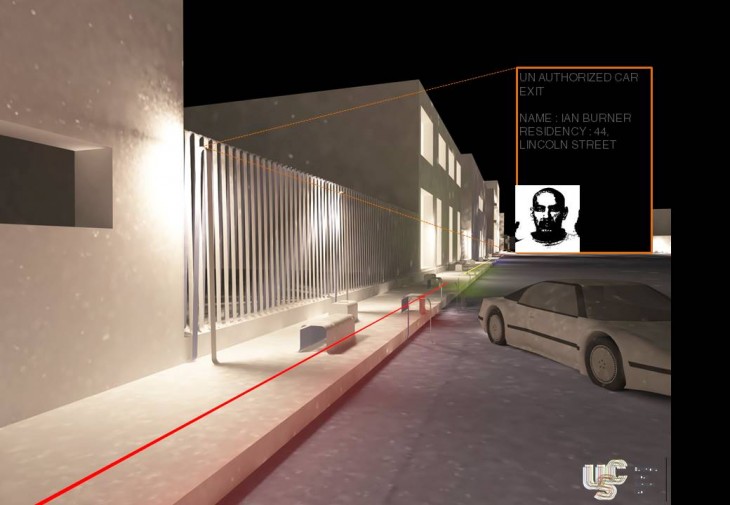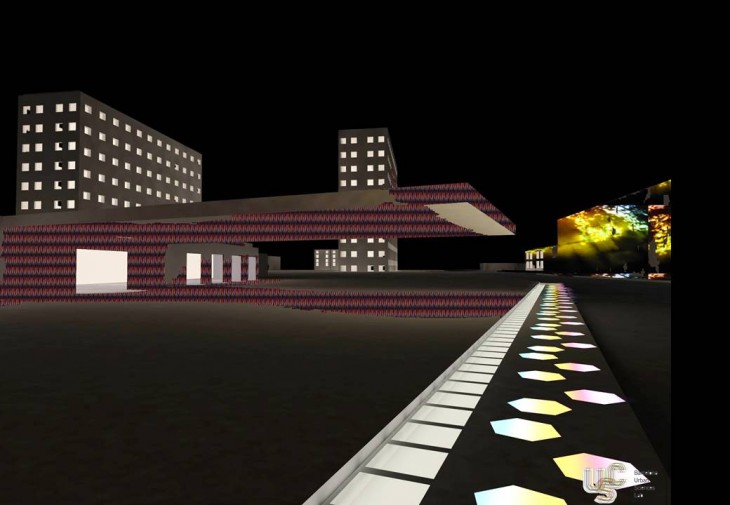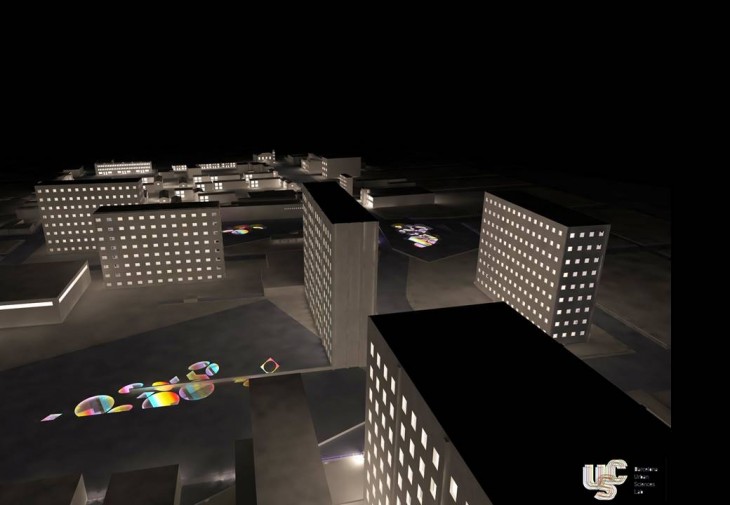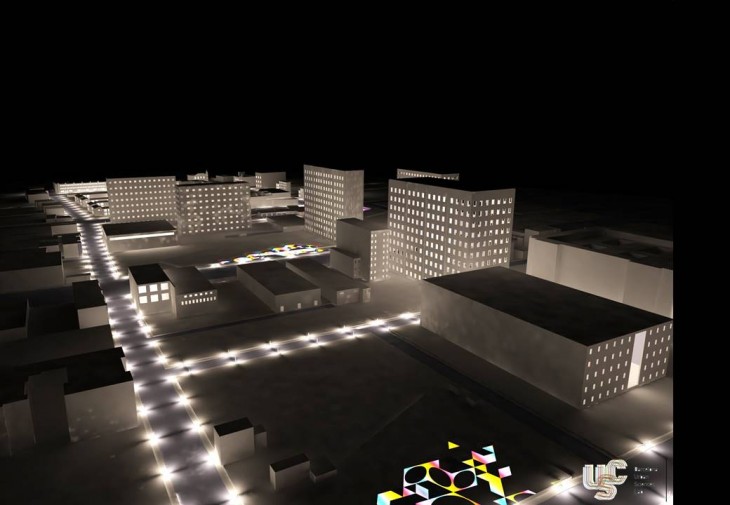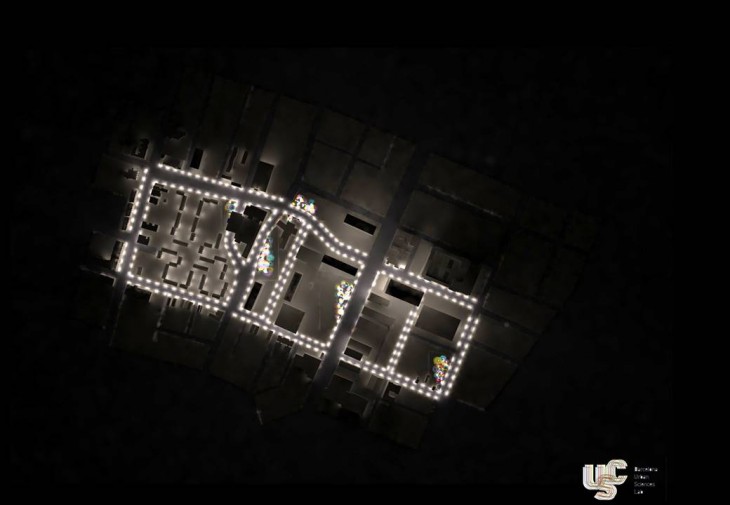Secured Surfaces is a project focusing on techniques to reduce crime in a hostile neighborhood environment.
Times are progressing at a rate where devices and mechanisms have become an integral part of the human life. Imagine the times when people had to wait for getting certain tasks done due to lack of systems and applications. The flashback of these incidences can be tracked to less than 3 decades ago. The advancements in device technology have taken leaps and bounds in a very short amount of time. Imagine the possibilities it would reveal in the future.
A city is always meant to deliver aspects of unforeseen possibilities as it progresses in due time, irrespective of the consequences it might face. Cities are meant to induce facilities to battle problems keeping the inhabitants satisfied. But, imagine a situation where the inhabitants themselves are becoming a problem for the city, a problem which spreads like a disease, is almost incurable, and is not easy to cease.
Governing authorities spend thousands from financial budgets every year to solve this problem,just to find out that the cycle is never ending. This cycle is like the head of hydra, which grows back, irrespective to the times it is cut.
Forbes magazine had a publishing at a time, that increasing CRIME rates are affecting growth rates and financial conditions of more than 25 cities in the United States of America and more than 200 throughout the globe.
Hundreds of movies based on this theme are produced every year throughout the globe describing hypothetical or real life scenarios reasoning to legible solutions or acceptable endings, which might be completely different in real life.
Criminality reports have been released at short intervals revealing unpleasant facts stating levels of deterioration an environment faces in the hood of Crime and unlawful acts.
This study reveals explorations of how technology can be used to create an environment in the already present public sphere which can prevent Crime at certain scales and create public harmony, which contributes to the city in its progress.
The interventions contributed in terms of technology are explored at a neighborhood scale which gains the opportunity to be part of a larger system and is not just restricted to a specific phase. this modular prototype of the neighborhood can undergo transformation of expanding as part of a small networked neighborhood.
Ideally, the process initiated with justification of various terminologies related to the project and interpreting those terminologies into directive methods and systems.
The belief of progress lies within the transformation of an already living environment which can be upgraded to an almost perfect level.
“The best Coffee is the one that keeps you awake, refreshes you, not the one that just tastes good “
Similarly, urban environment would strive at its best if internal issues are addressed chronologically and solved to arouse a wholesome environment in the open sphere.
Imagine an internment which does not threaten the statement of life or property uncertainty. Almost instantaneously life would gain momentum and human beings would tend to focus on other important aspects of their life rather than just worrying about survivability.
The data recorded and gathered through various open source portals gave eloquent insight on further studies to understand the facts and factors of criminal incidences. The focus of studying on criminal incidences was solely due to the fact that crime was dissolving the city’s economic foundation and would not progress under any situations unless the crime prevention starts under a specific system or methodology.
The justification for the project initiates while exploring the times before the industrial revolution. Rotterdam was considered to be the largest commercial hubs in Europe, due to which migration to the city was extreme. “PENDRECHT”, a district in Rotterdam was considered to be the best neighborhood for harmonious living due to the amenities the neighborhood provided along with it’s location, which happened to be in front of a river. “Lotus Van Beese”, an urban designer, took the expansive reigns of Rotterdam for new concepts of neighborhood housing to meet the requirements of the incoming migration. The layout though a simple one included box blocks which happened to be on the periphery of a large open space for community interaction. The governing authorities extremely liked the audio and started executing the concept into large expansive centers.
Along with the initiation of the industrial revolution, people got extremely busy and no one had the time to move around and use the “open community space” as it lied in the interior segment of the blocks. The terminology of “open Space” quickly reversed as they started acting as large dead spaces, which could breathe as centers for narcotics and illegal activities. Lotus Van Beese realized the importance of a community space parallel to the road rather than the interiors. This incident brought about the largest revelation in the understanding of “open space” and how it can act as the best form of interface in the open public realm.
Dead Urban Spaces
“Jane Jacobs”, an urban historian, mentions and explains the importance of breathing urban spaces where people can meet and interact. The legibility of such spaces has been explained by her in terms of several examples mostly of different parts of Europe, as it has abundance of open spaces for the people. The critics of her theories are thoroughly emphasized on american cities where horizontal expansion is severely dominant and the possibilities of negative positive voids is negligible. The voids hold potentials for the people to breathe outside, if properly managed, the open sphere can become the second home of people, in the open.
But, the serial expansion of closed enclosures is so dominant that people even though provided with the enclosures for their daily “public interaction”, they tend to move to new areas for their enlightenment, leaving the voids into nothing, but formations of concrete and stone without a purpose. The evolution of new spaces is indeed enlightening, but the disintegration of abandoned spaces if frightening and demotivating as it can give rise to the most notorious of activities and has the potential of plaguing the context even though it would have inhabitants. The meaning of abandoning a space out of cheer choice is almost the same as murdering a person for being emotionally imbalanced. The human kind need to bring themselves back together into the formative evolution of these spaces or the future of cities will only bring a composition of positive and negative voids portrayed in science-fiction movies, which might become a reality.
OBJECTIVES
The overall strategy is focused on aspects of populating the streets. through various case studies, results were obtained to understand the causes of crime in the public sphere.
case studies of New York, New jersey and other sister cities were taken into consideration for preparing a comparative crime layout giving conclusions of street pedestrian occupancy and other factors which can lead to higher ratio of street occupancy.
Observations and research on Newark reached a deeper level revealing the economic condition of individuals on an average and the unemployment rate. through all these different formative, the foundation of motives in a conclusive system came into development giving new revelations on generating public interest and entertainment.
the system incorporated includes
a game interface system which is based on pathways in the built environment – creating user interest
pathways recreated with kinetic energy generating mechanism, producing energy to run illuminating systems and security instruments.

